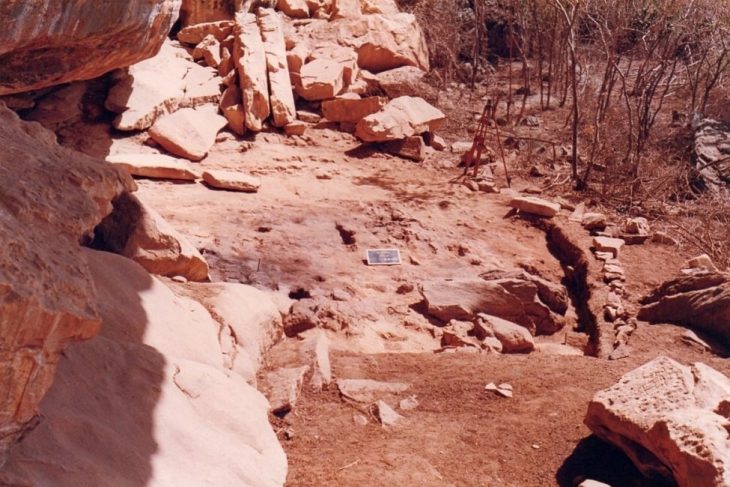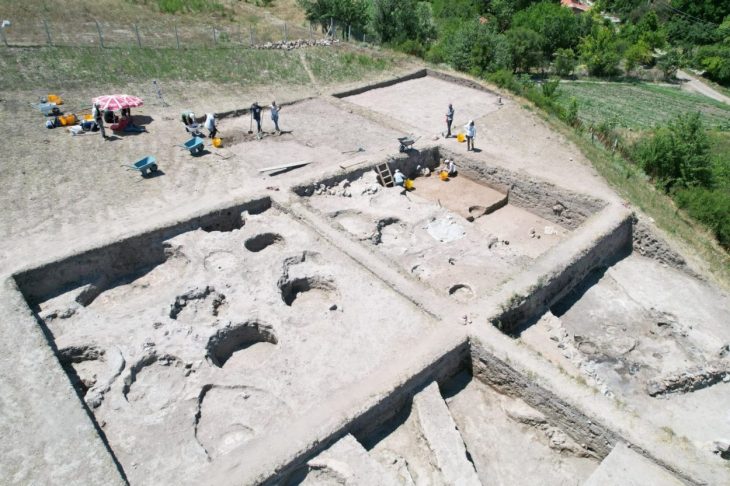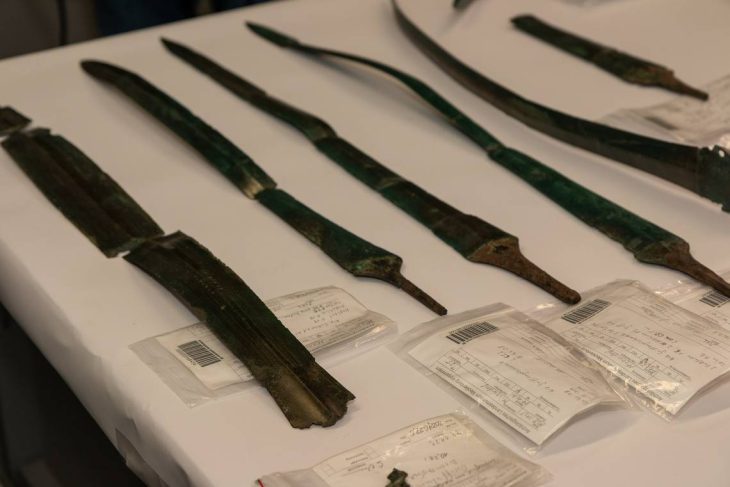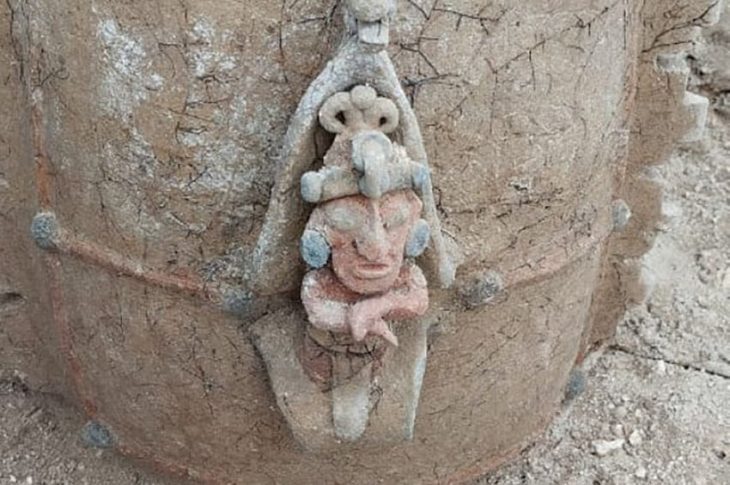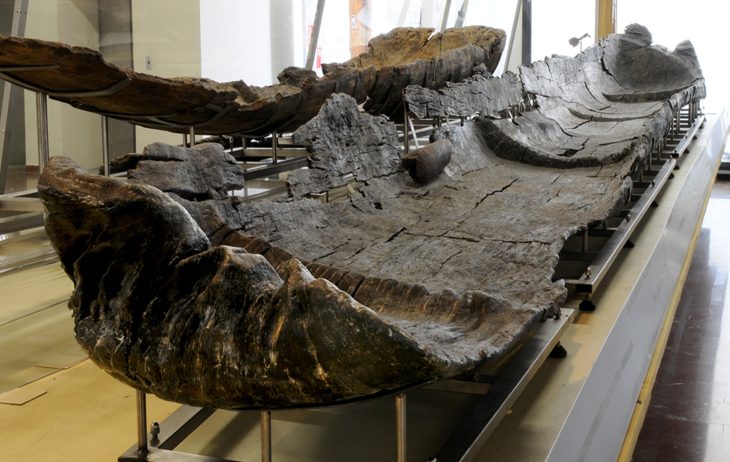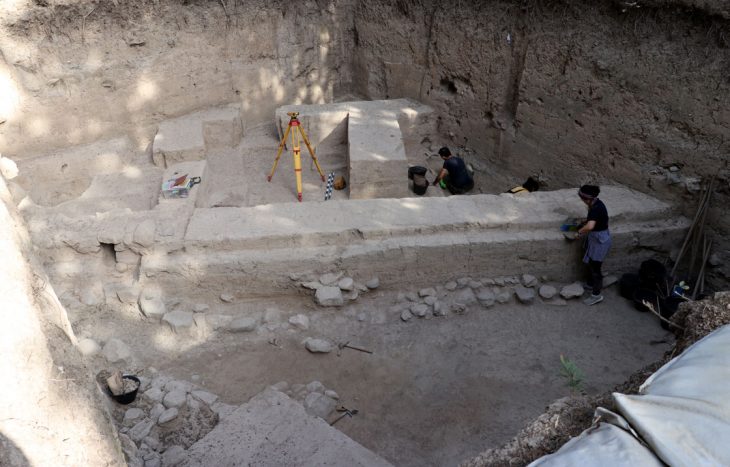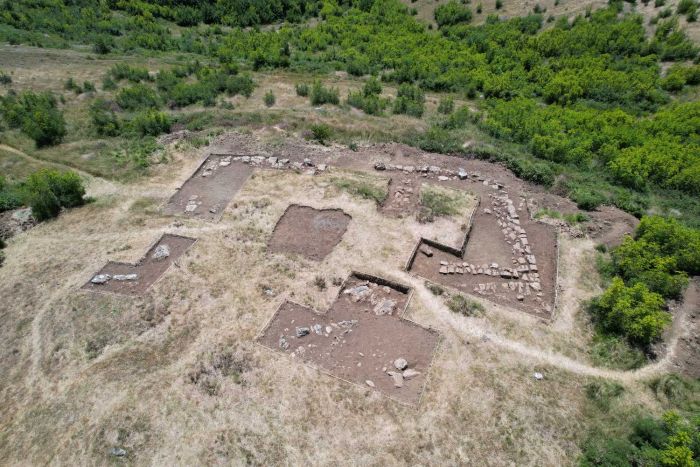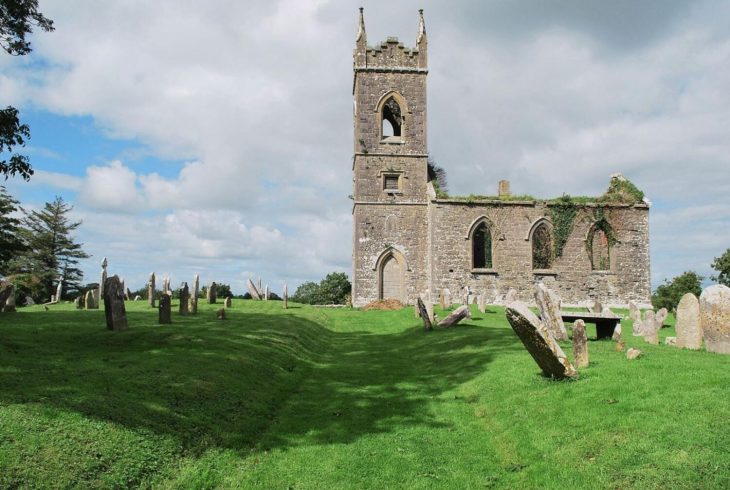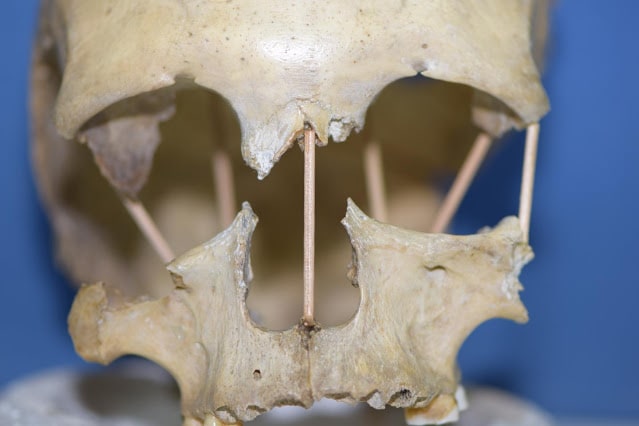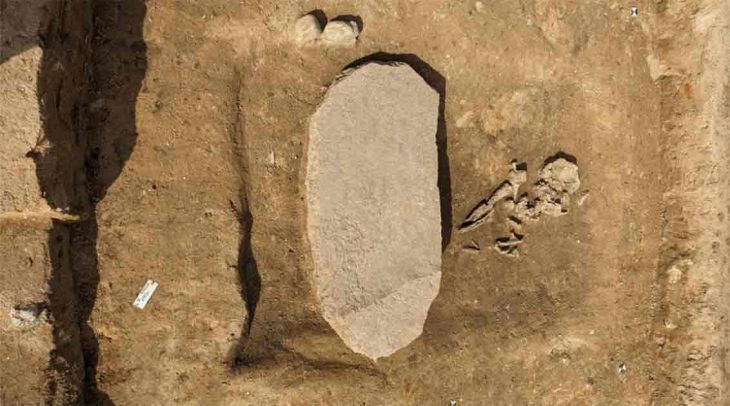The Egyptian-Austrian archaeological mission working in the Temple of Kom Ombo in Egypt’s southern province of Aswan unearthed an administrative facility that dates back to the First Intermediate Period spanning from 2181 BC to 2050 BC.
Kom Ombo was once known as Nubt (meaning “Golden City”) and was famed for the Temple of Kom Ombo, which was devoted to the crocodile deity Sobek, the falcon god Haroeris, Tasenetnofret, and Panebtawy. In 2017, the Austrian Archaeological Institute launched a project with the Ministry of Tourism and Antiquities to examine the ancient city and its surroundings.
More than 20 conical silos were discovered in the large administrative facility probably used for piling and distributing grain, said Mostafa Waziri, secretary-general of Egypt’s Supreme Council of Antiquities, in a statement.

During the First Intermediate Period, Kom Ombo was a known center for agriculture and commercial activity, evidenced now by the latest discovery for the administration and distribution of the region’s agricultural industry.
Describing the discovery as “unique,” Waziri said it reflects the importance of Kom Ombo city during the First Intermediate Period as an agricultural and commercial center and that the city was inhabited by a large number of people.”
The architectural elements of the two-meter-deep silos, domes, ladders, and storage rooms are in good condition, according to the statement.
Dr. Abd El-Moniem (Director of Aswan and Nubia antiquities) told the Luxor Times: “The architectural elements of the silos are very well preserved and some of the silo’s walls are standing two meters in height. The existence of rat bones and feces proves vermin infestation in the storage rooms.”
Ministry of Tourism and Antiquities
Image Credit : Ministry of Tourism and Antiquities



